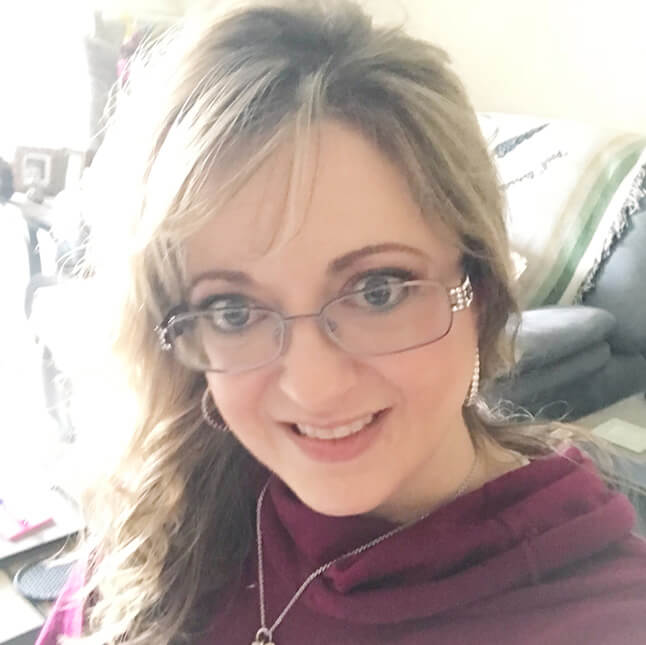Imagine you are 18 years old. You have just graduated from high school and you are on a family vacation in New Orleans. Then, suddenly, you go blind in your left eye. The entire
right side of your body is paralyzed, from your head to your toes. You are rushed to the neurologist, where MRIs reveal four active lesions in your brain. You are diagnosed with Multiple Sclerosis (MS), a potentially disabling disease of the central nervous system. The unimaginable is now your reality.
That is not some terrifying story, but the challenge of illness that Bethany Pappalardo survived. After her diagnosis with MS, she began years of intensive therapy, multiple drug regiments and seemingly endless appointments with various doctors. “I barely could walk, very tired, sleeping from approximately 7:00 am to 7:00 pm,” Bethany said. After trying various treatments plans and still relapsing one to two times per year, Bethany grew frustrated, feeling like such therapies only treated the symptoms on the short term; she wanted something that would help her on the long term. One day, Bethany’s mother came across Dr. Richard Burt in an NBC article. She read about Dr. Burt’s groundbreaking research at the Northwestern Feinberg School of Medicine and shared the information with Bethany. Bethany decided to enroll in Dr. Burt’s clinical trial, which required her to harvest some of her own stem cells, then undergo chemotherapy to “reset” her immune system. Finally, Dr. Burt would then reinfuse her own stored stem cells to rebuild her immune system.
Bethany participated in the trial in 2005, when stem cell therapy was less known and understood than it is today. Voluntarily undergoing chemotherapy and an experimental treatment at 24 was a huge risk, one which paid off tremendously. Three weeks after Bethany finished her treatment with Dr. Richard Burt, she was back at work. It’s been thirteen years, and for the most part, Bethany’s vibrant, active life has returned. “I don’t call it a cure,” Bethany said. “I am in remission, but I’ve had no problems, no relapses, no symptoms.” Some of her fine motor skills are not as great as she hopes they would be, but that is the only thing that didn’t come back completely.
Dr. Burt not only healed Bethany physically, he showed Bethany that she was more than a name on a chart or a number in a clinical trial.
“A lot of times with doctors, and I’ve seen a lot of doctors, they get wrapped up in the science,” Bethany said. “There’s a body behind that science. That was what was so great about Dr. Burt’s team, that you were a person. You weren’t a number. You weren’t a statistic.”
Bethany now works as a jewelry buyer in Peoria, Illinois, advocates for cell–based therapy and counsels other patients going through similar challenges. Bethany shares her experience, serving as a reminder to physicians and medical providers of why they do what they do, and who they do it for.

